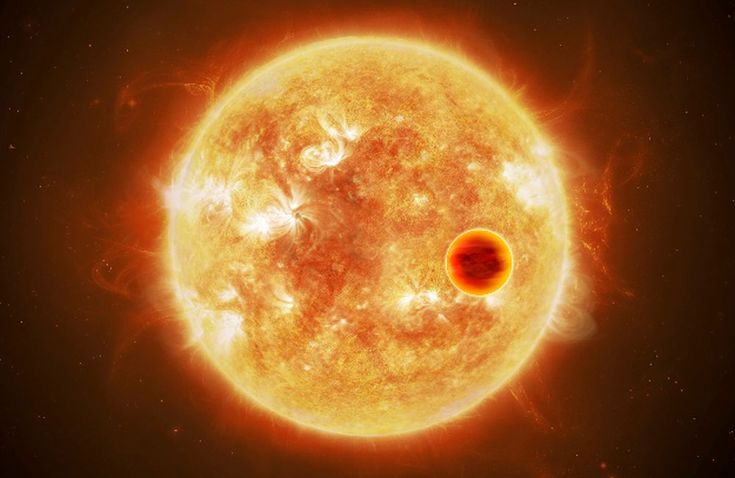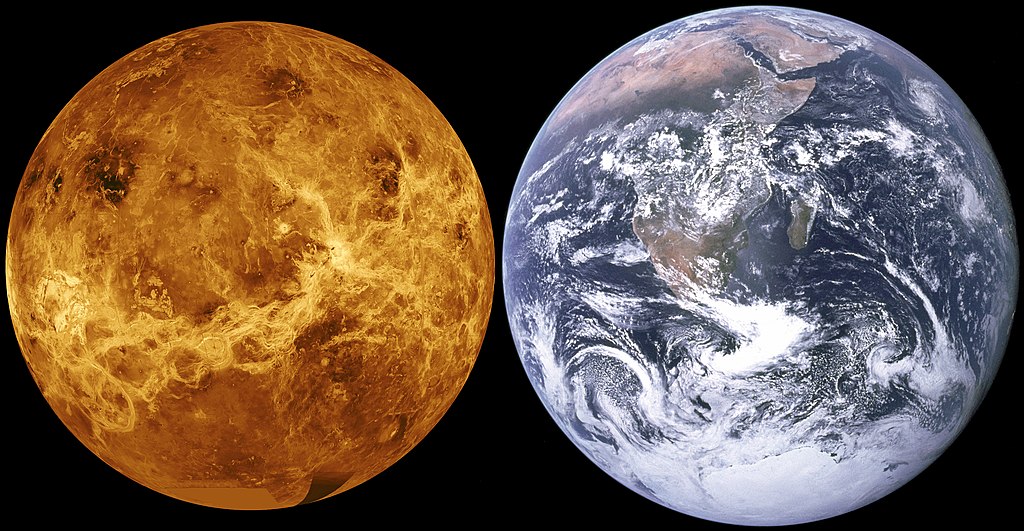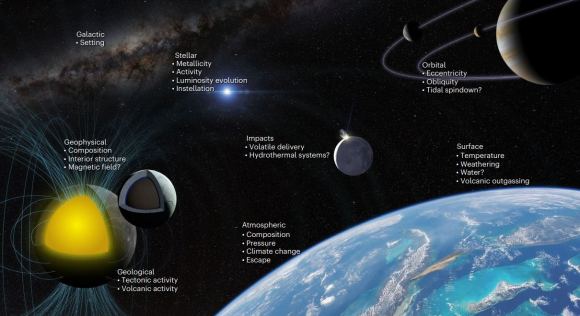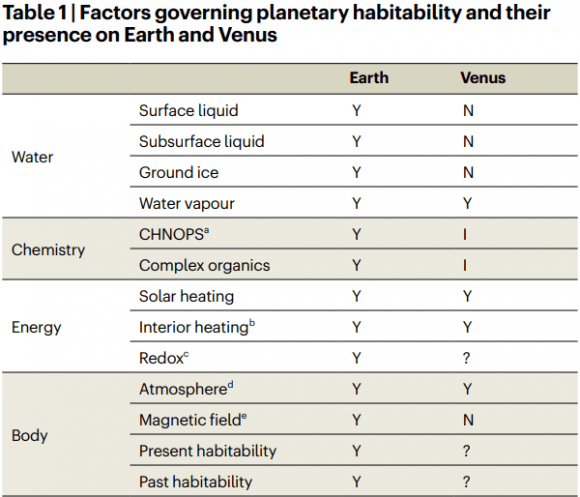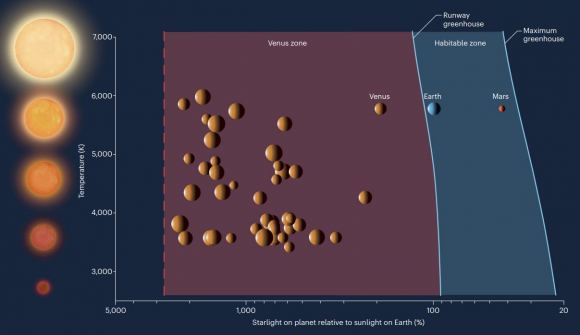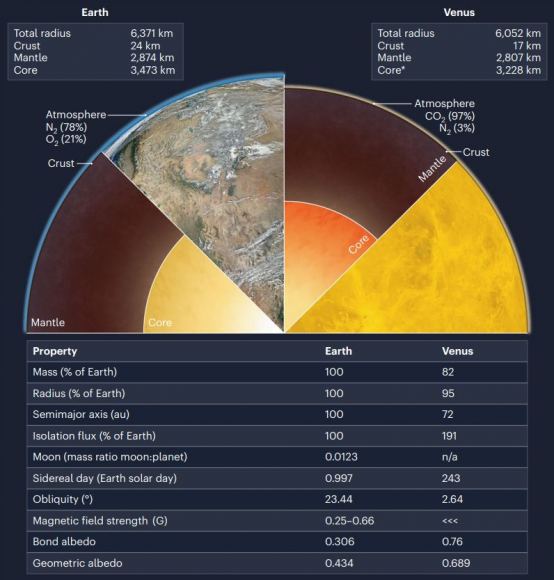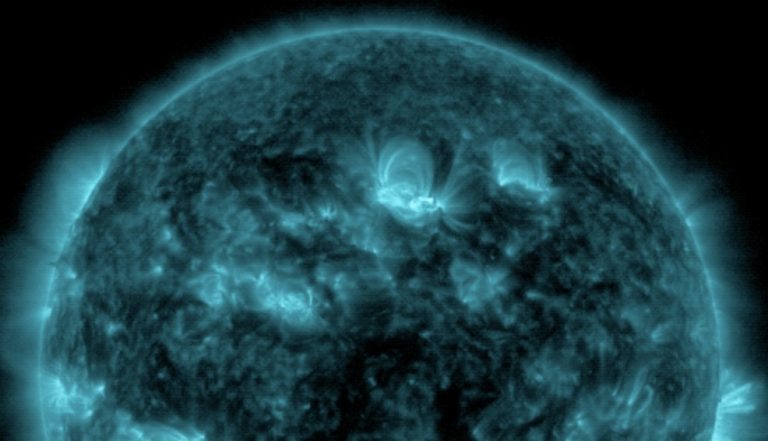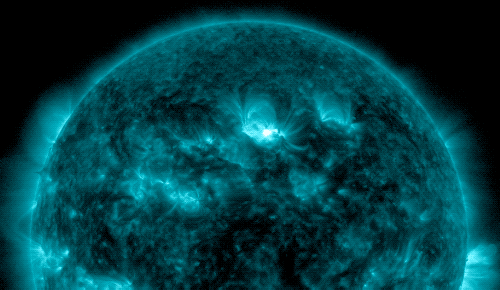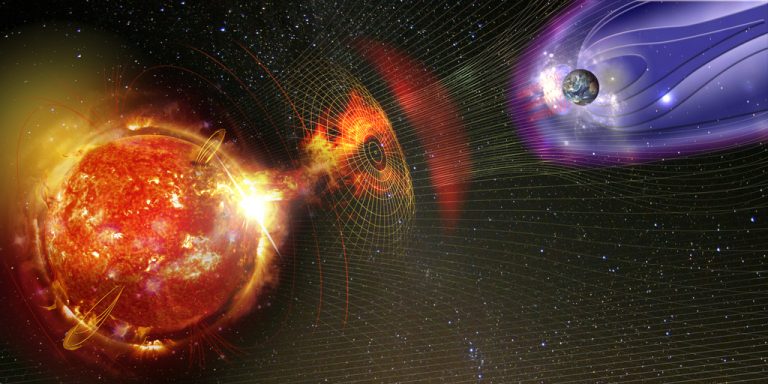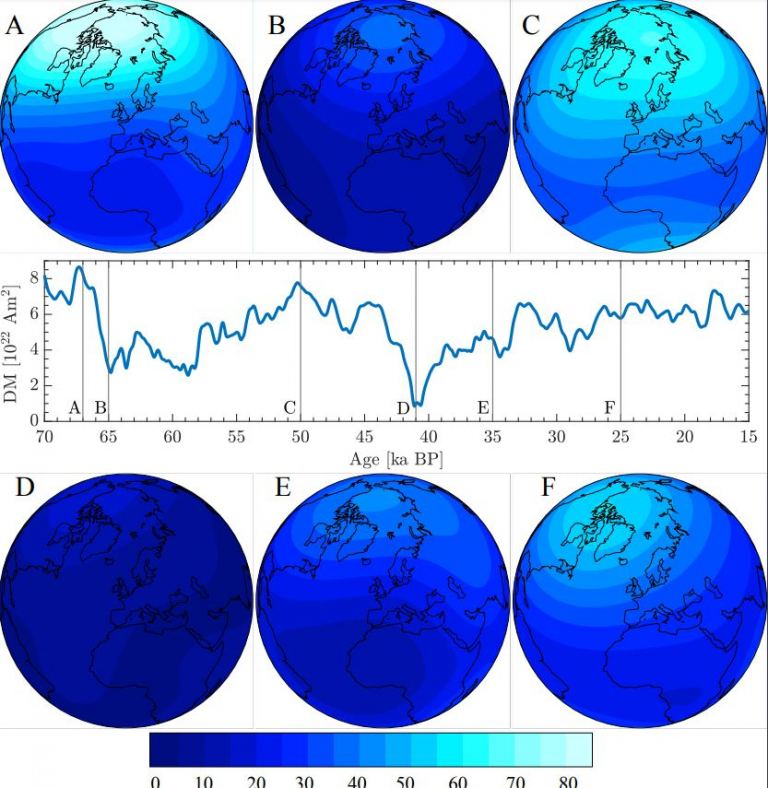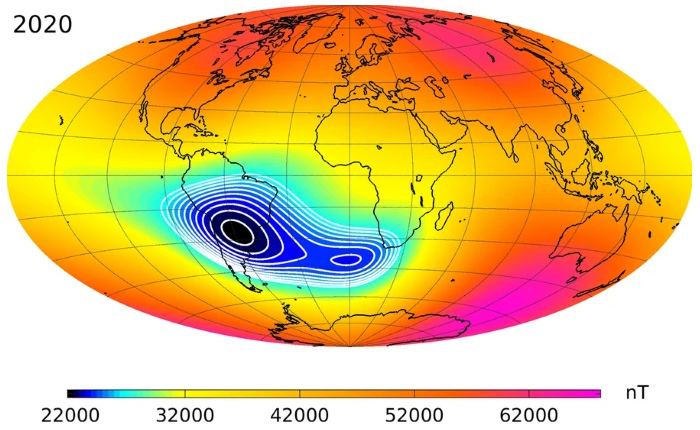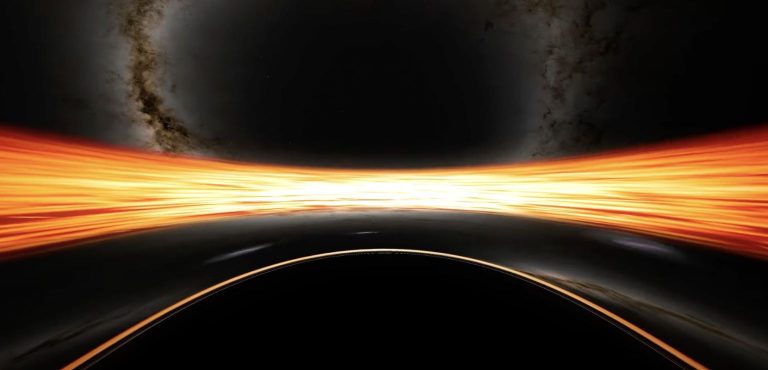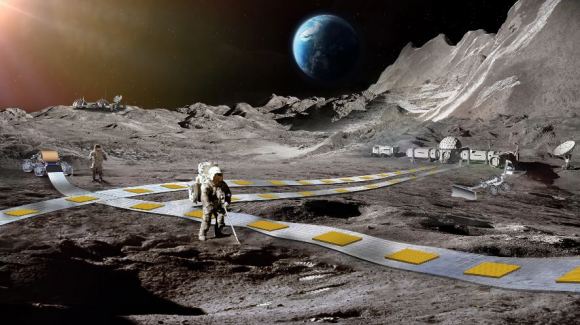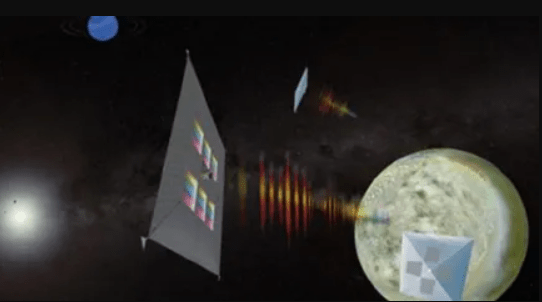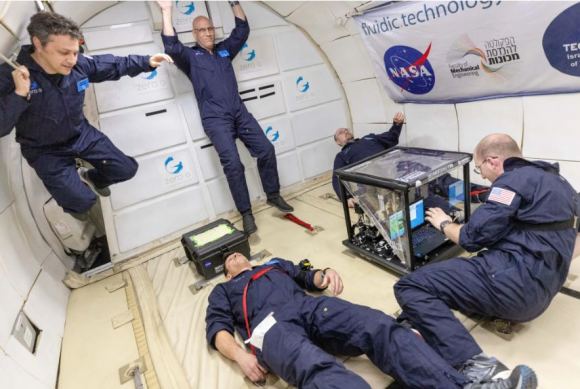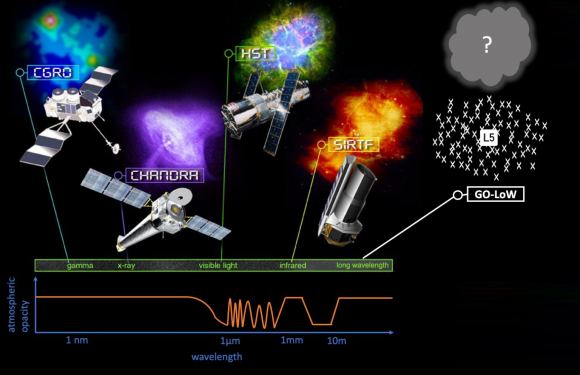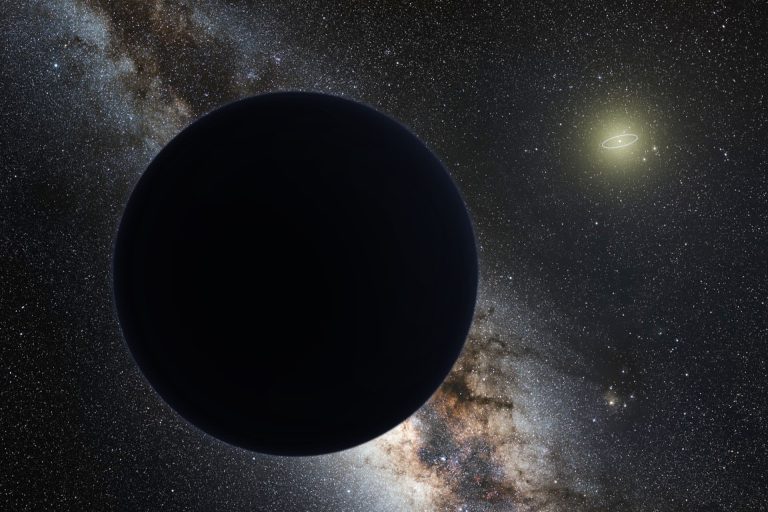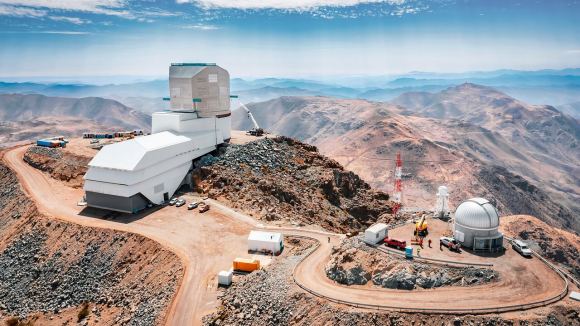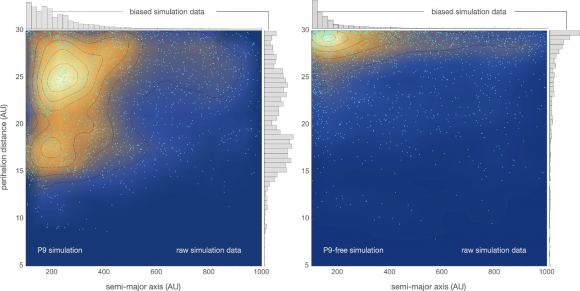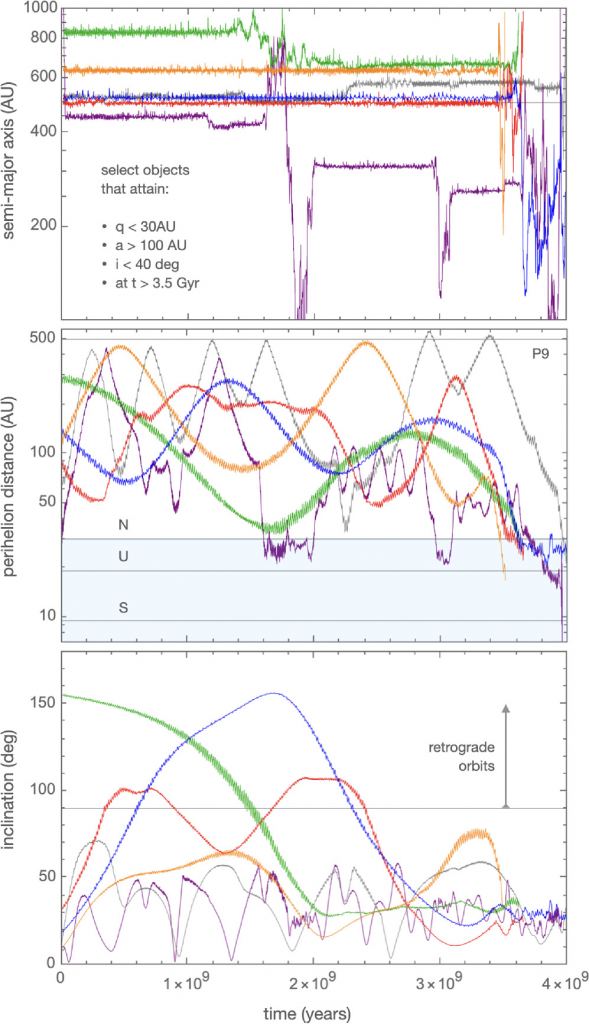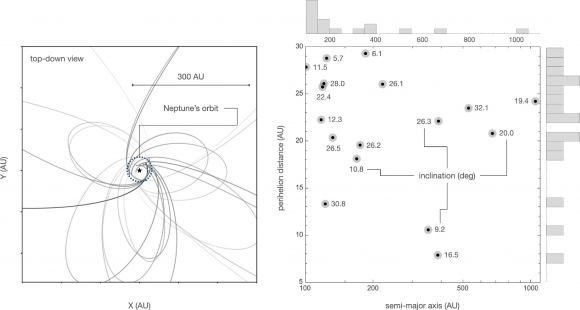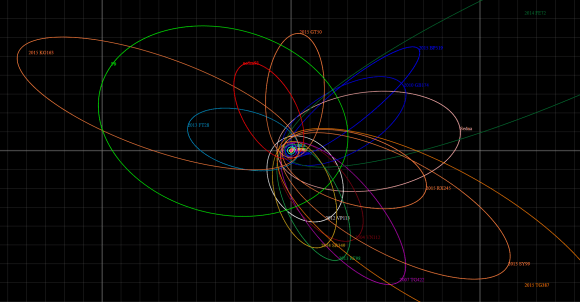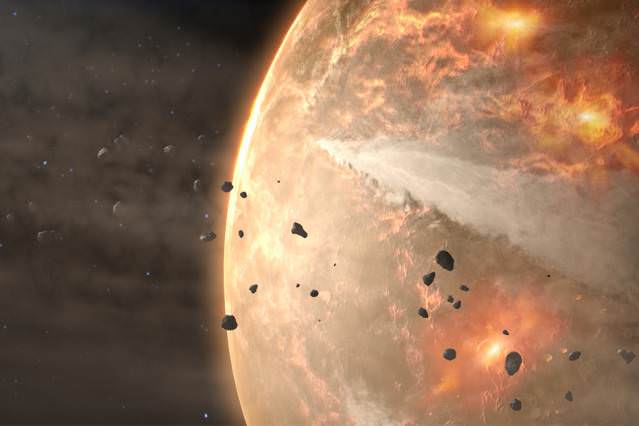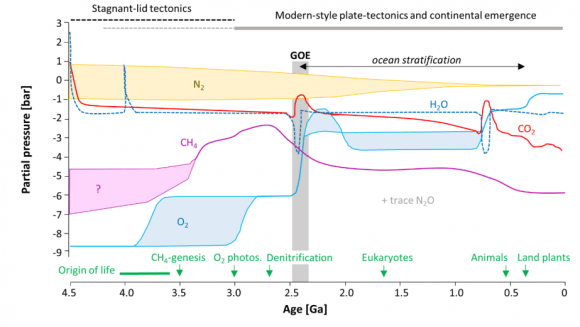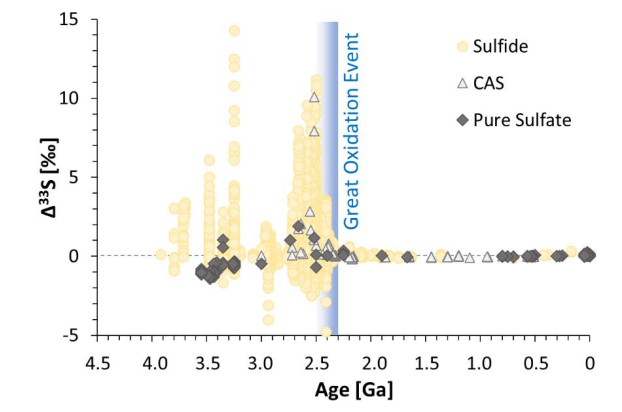How Ground-Based Astronomical Radar Enhances Our Understanding of the Universe
Key Takeaway:
Hot Jupiters are large exoplanets that orbit very close to their stars. They are fascinating to astronomers. For example, WASP-12b is one of these planets, and it is quickly moving towards its star. This movement challenges the usual theories about gravity. Recent studies indicate that the star’s magnetic fields might be speeding up this process. This discovery provides new insights into what happens to these far-off planets.
Summary:
- Hot Jupiters: Massive exoplanets orbiting close to their stars.
- WASP-12b: A rapidly spiraling hot Jupiter, soon to be consumed by its host star.
- Conventional Theory: Gravitational tidal waves explain planetary spiraling, but some hot Jupiters spiral faster than predicted.
- Magnetic Fields Hypothesis: Recent research proposes that stars’ magnetic fields may accelerate the spiraling process.
- Durham University Study: Investigated the role of magnetic fields in the fate of hot Jupiters.
- Findings: Magnetic fields can break down tidal waves effectively. This leads to planets moving in a spiral path more quickly.
- Implications: Additional studies might verify the magnetic mechanism. They could also improve our knowledge of exoplanet dynamics.
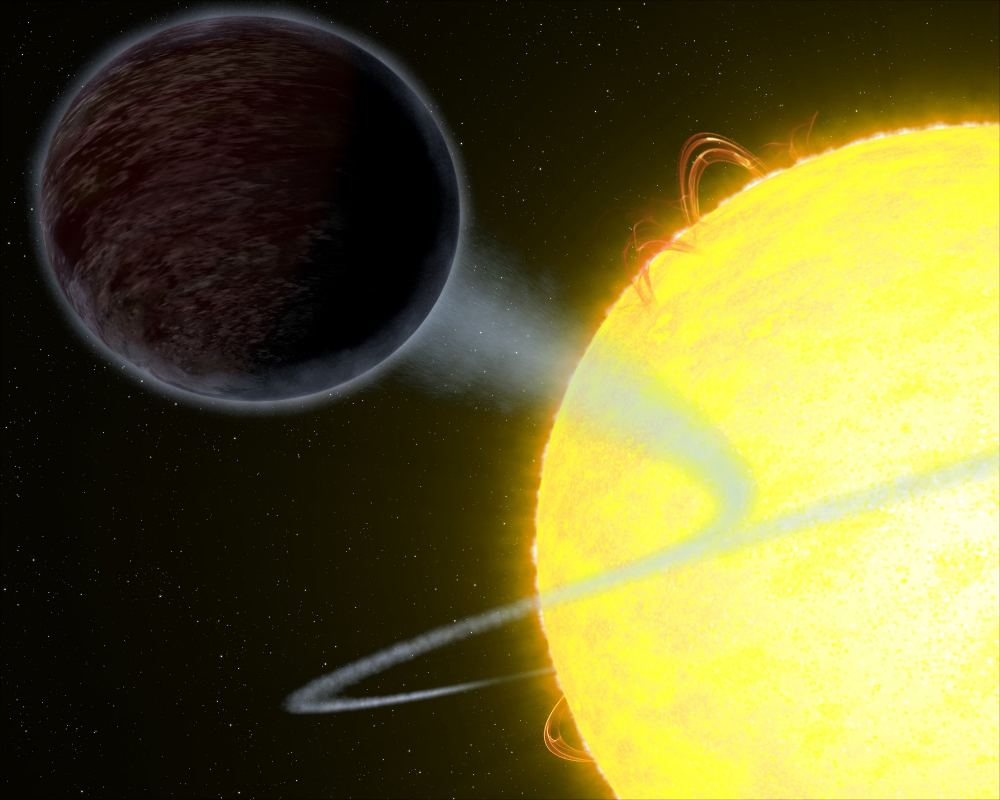
Why Hot Jupiters Descend Towards Their Stars Investigated
Exoplanets are distant worlds beyond our solar system. They fascinate astronomers with their variety and unique traits. Hot Jupiters, a type of exoplanet, are especially interesting. These large gas giants orbit very close to their parent stars, which is why they are called “Hot Jupiters.” Recent studies have shown a strange behavior: some Hot Jupiters are moving towards their stars quickly. This movement is faster than what scientists usually expect.
According to conventional theory, the gravitational interaction between a Hot Jupiter and its parent star generates strong tidal forces. Over time, these tidal forces sap the planet’s orbital energy, causing it to spiral inward towards the star. However, the observed rate of spiraling in some cases, like WASP-12b, exceeds what gravitational tidal waves alone can account for.
In a groundbreaking study conducted at Durham University in England, researchers proposed an alternative explanation involving magnetic fields. Craig Duguid and his team hypothesized that the intense magnetic fields within certain stars could dissipate the tidal waves generated by orbiting Hot Jupiters.
The mechanism proposed by Duguid and colleagues is both appealing and deep. It involves the cores of stars, especially those with Hot Jupiters. In these cores, internal gravity waves move towards the star’s magnetic center. When they meet the star’s magnetic field, they transform into magnetic waves. These new waves then move outward and eventually dissipate. This process removes a lot of energy from the star.
This research has effects that go beyond just individual exoplanets. It helps astronomers learn more about how planets behave. They gain important knowledge about how planetary systems form and evolve.
Table 1: Characteristics of Hot Jupiters
| Characteristic | Description |
|---|---|
| Massive Size | Comparable to or greater than Jupiter’s mass |
| Orbital Proximity | Orbits very close to host stars |
| Extreme Temperatures | Surface temperatures exceeding 1000 degrees Celsius |
Table 2: Comparison of Gravitational and Magnetic Mechanisms
| Mechanism | Description |
|---|---|
| Gravitational Tidal Waves | Conventional theory based on gravitational forces |
| Magnetic Fields | Proposed mechanism involving interaction between internal gravity waves and stellar magnetic fields |
Hashtags:
#Exoplanets, #Astronomy, #HotJupiters, #PlanetaryDynamics, #Astrophysics, #Astronomical Radar
References:
- Durham University – Scientists Explain Why Some Exoplanets Are Spiraling Towards Their Stars
- Duguid, C., et al. (2024). Efficient Tidal Dissipation Due to Internal Gravity Waves in F-type Star Cores. The Astrophysical Journal Letters, 919(1), L9. DOI: 10.3847/2041-8213/ad3c40

